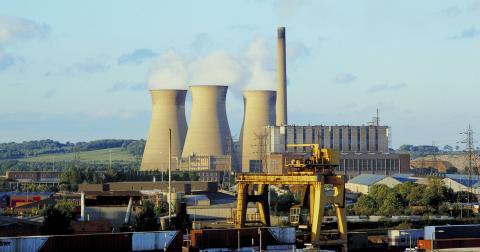
The discussion continues with even more applications in which the CalorVal can be used:
- TANK BARGE: The tank barge must be degassed of any leftover gases or vapors. These gases and vapors are purged and sent to an enclosed flare for destruction. This is where a monitoring system is crucial. The BTU content of the waste gas stream going to the flare needs to be measured and then controlled with assist gas to keep the BTU content above 300 BTU/SCF. Since the barges often transport a large variety of chemicals and gases an analyzer that can handle this demand would be necessary, plus one with a fast response time to quickly respond and activate controls to adjust the assist gas (methane or propane). Read More.
- FUEL ADDITIVES: The EPA wanted this manufacturer of fuel additives to have a direct, real time measurement of the LHV with either a Gas Chromatograph (GC) or a calorimeter and have the data available for an EPA audit (no longer would accept a calculated BTU value); the company wanted a fast response time due to the nature of their batch processes and required a high range measurement for their heavy hydrocarbons. They chose to install a micro-combustion type calorimeter on their flare header. The CalorVal BTU Analyzer is a rugged industrial design that completely burns the sample and therefore is a direct measure of Total Calorific Value. It provides an accurate and continuous measurement over the entire measurement range from 0 BTU/SCF up to the full scale of a variety of substances. It is designed for real‐time readings with a less than 4 second response time. In addition, it is fully heated to 120°C to prevent condensation and minimize downtime due to clogging. Read More.
- NATURAL GAS: A natural gas exploration and production company uses multiple scrubbers to clean out the impurities of the natural gas that they receive. The impurities consist of hydrogen sulfide and amines. The waste is dumped into their flare stack and then the cleaned natural gas is sold. The waste gas stream can be used to supplement the fuel supply that operates the flare stack, but the heating value of the waste gas stream varied over a wide range, very lean at some times and very rich at others. So they needed to identify the heating value of the waste stream to determine whether it could be used as a standalone fuel source. Adding an analyzer that can provide a continuous heating value measurement of the varying waste stream would be necessary. They chose the CalorVal because of its ability to accurately and continuously measure over a wide measurement range the heating value of the corrosive waste stream. All sample-wetted parts of the CalorVal are constructed of materials that are compatible with hydrogen sulfide and amines. Read More.

Add new comment